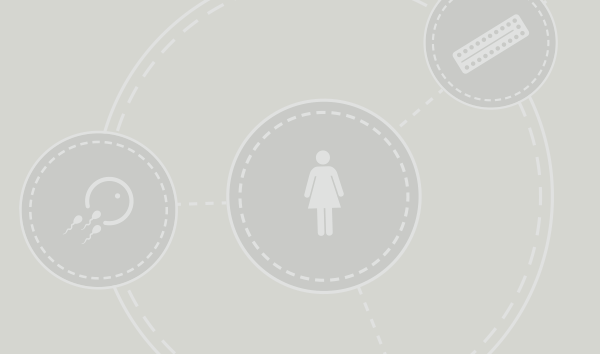Contraceptive Pearl: Vasectomy Counseling
Written by Heather Stevens, MD
Vasectomy is a highly effective method used for permanent sterilization for people with testicles. This method has been used for over 100 years across the world. Vasectomies are done in an outpatient setting with local anesthesia, and have very low complication rates. Though vasectomy is less expensive and safer than tubal ligation, vasectomy rates are much lower than those of tubal ligation in the USA. Recent surveys suggest that ~5% percent of people with a vas deferens ages 18-45 have had a vasectomy, as opposed to ~20% of people with fallopian tubes the same age who have had tubal ligations.* Given the limited contraception options for people with testicles, it is important to spread awareness about vasectomy. As health care providers we can counsel patients about vasectomy even if they are not offered at the clinic where we work. Here are some quick points to incorporate when discussing vasectomies with patients:
- Procedure is done in an outpatient office, usually takes 5-30 minutes, and requires local anesthesia only.
- Risks are minimal, and include infection (0.2-1.5%), bleeding (hematoma risk 4-22%), pain (post-vasectomy pain syndrome 1-14%), sperm granulomas (not always clinically relevant, 40%). There is no increased risk of prostate cancer or autoimmune disease Vasectomy does not affect hormones or sexual function. Sensation, erection, and ejaculation remain unaffected.
- Vasectomy takes up to 3 months to be effective, and post-procedure semen testing is essential to ensure efficacy.
- Vasectomy does not protect against HIV or other sexually transmitted infections.
- Contraindications to vasectomy include current infection of penis, prostate, or scrotum.
- Though vasectomy reversal is possible it is difficult and not always achievable. Patients should be counseled that vasectomy is a method for permanent sterilization.
It is important to recognize that there is a significant history of forced sterilization and coercive practices related to family planning using vasectomies in the USA and abroad. It is essential to counsel patients about all their options for family planning, while centering patient autonomy, and never pressuring a patient to make a choice about their reproductive health or future. By raising clinician awareness of this safe, effective, and affordable method we can offer patients all options available for family planning.
*The surveys cited in this Pearl use the terms “men/women.” RHAP recognizes that this language is not inclusive of all people who seek either a vasectomy or a tubal ligation. A person’s biology does not determine their gender.
RHAP resources:
Your Birth Control Choices Fact Sheet
Permanent Birth Control (Sterilization)
Vasectomy Aftercare Instructions
Sources:
Leavesley JH. Brief history of vasectomy. Fam Plann Inf Serv. 1980 Dec 5;1(5):2-3. PMID: 12336890..
Pharma-free
The Reproductive Health Access Project does not accept funding from pharmaceutical companies. We do not promote specific brands of medication or contraception. The information in the Contraceptive Pearls is unbiased, based on science alone.

